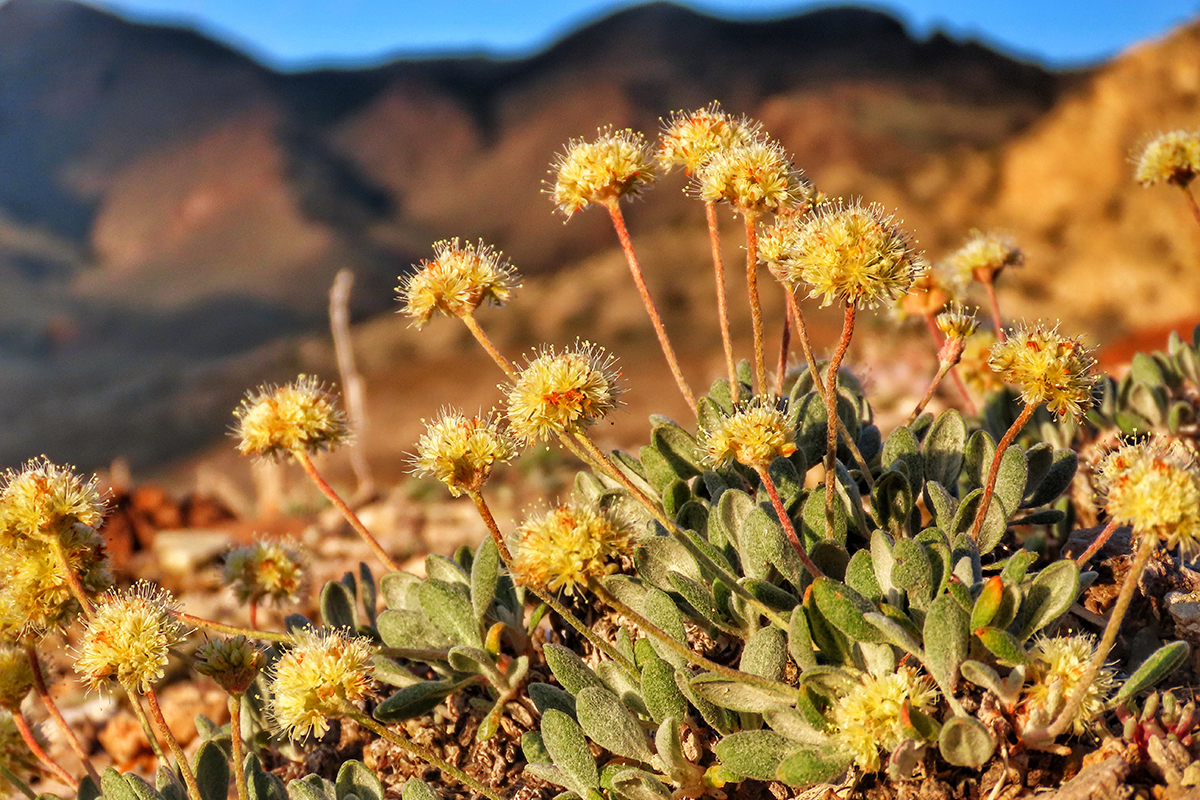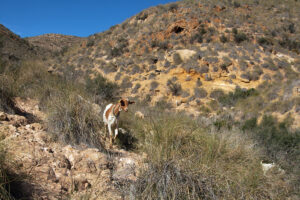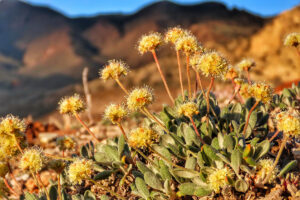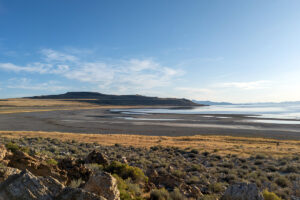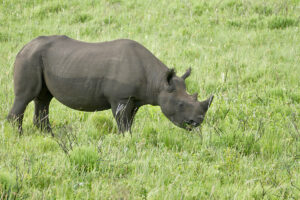Junk munchers. Scientists have engineered a “super-enzyme” that can rapidly break down plastic, creating new possibilities in markets for reusable materials. The substance was created by linking two enzymes discovered in bacteria that had evolved to eat plastic in a Japanese waste dump. It breaks down polyethylene terephthalate, or PET, a polymer used to manufacture plastic bottles, food containers, clothing, and countless other materials. Leading researchers call it “one of those stories about learning from nature, and then bringing it into the lab.” The team is now tweaking the enzyme in hopes of making it fast enough to revolutionize recycling on an industrial scale.
Goats for hire. East of the Lake Tahoe Basin, wildfire fighters come with horns and hoofs. Thanks to a public-private partnership between the Nevada Department of Forestry and regional utility NV Energy, several hundred Spanish goats have been unleashed to reduce wildfire fuel. The goats can tackle virtually any terrain and devour almost any vegetation, including pine needles, shrubs, and cheatgrass—an invasive species that can spread fire rapidly. Their owners at High Desert Graziers are offering a wildfire mitigation service that’s often cheaper and safer than alternatives, giving private companies and government agencies an innovative option to manage fuel loads.
Do buckwheat and lithium mix? That remains to be seen in Rhyolite Ridge, Nevada. An Australian mining firm wants to open a quarry in the valley to mine lithium for electric car batteries, but a rare plant occupies the area. A petition and lawsuit have demanded the U.S. Fish and Wildlife Service list Tiehm’s buckwheat under the Endangered Species Act. The conflict underlines familiar trade-offs between conservation and green-tech innovation: A listing would derail the quarry plans—which include seeding and relocating buckwheat—and mean the United States remains reliant on other producers of the mineral, since no lithium is mined domestically.
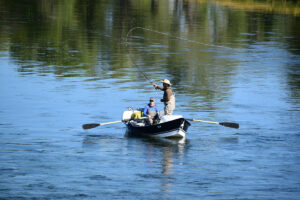
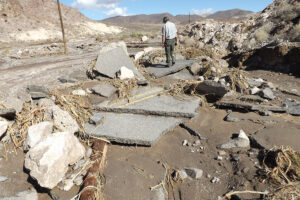
Wet markets. The Great Salt Lake Advisory Council recently released a report on how to keep Utah’s famous lake from drying up. Its first recommendation is a vital one: Amend state law to define conservation as a “beneficial use” of water. Historically, water rights are based on consumption, and rights holders can have their rights revoked if they don’t divert enough water for approved beneficial uses, such as agriculture or development. As PERC’s Hannah Downey explained in The Salt Lake Tribune, if Utah allows rights holders to leave excess water instream, those who benefit from the lake—including conservationists, state agencies, and some local businesses—could pay upstream users to leave water instream, allowing cooperation to prevail over conflict to restore the Great Salt Lake.
Reducing disease risk. PERC research fellow Catherine Semcer recently testified twice—before the U.S. Senate Committee on Environment and Public Works and the California Senate—about wildlife conservation approaches that can decrease the risk of future zoonotic pandemics. Semcer discussed the role land clearing plays in displacing habitat and promoting the spillover of deadly viruses, emphasizing the importance of strengthening property rights to encourage ecosystem conservation. Her testimony also noted how Africa’s safari hunting industry provides incentives to maintain healthy ecosystems and urged U.S. policymakers not to undermine those benefits with trade restrictions that do nothing to benefit conservation or public health.
Conservation goes commercial in Rwanda. The African nation has approved legislation that permits communities and individuals to operate businesses engaged in wildlife conservation. Officials believe that allowing citizens to generate revenue from wildlife conservancies, game ranches, safari hunting, and similar operations will align economic incentives with ones to conserve species like the eastern black rhino. In South Africa, a similar framework of harnessing property rights to help manage wildlife has led to the conservation of more than 50 million acres of habitat and the recovery of various endangered species, including the Cape mountain zebra and bontebok.
